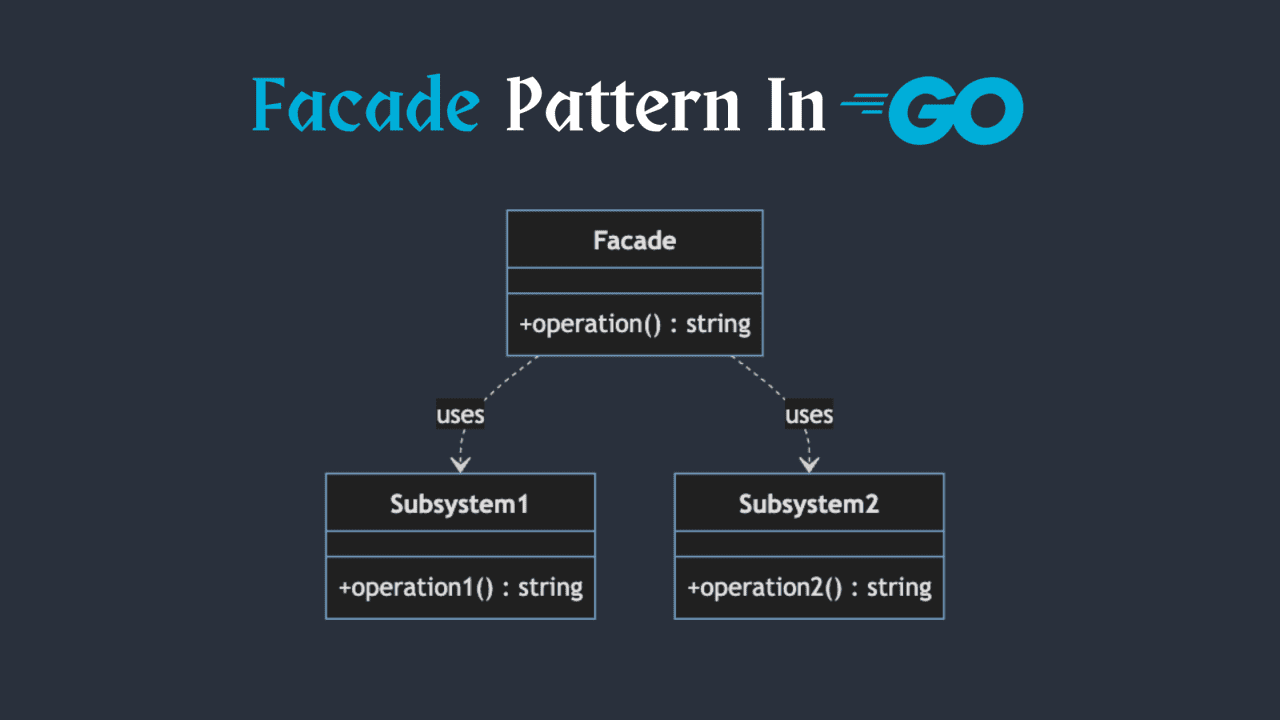Concurrency and Goroutines - Learn Parallelism in Golang
- With Code Example
- August 10, 2023
Learn concurrency in golang
Series - Golang Best Practices
- 1: Introduction to Golang Best Practices
- 2: Code Formatting and Style - A Guide for Developers
- 3: How To Handle Errors In Golang Effectively
- 4: Concurrency and Goroutines - Learn Parallelism in Golang
- 5: Memory Management in Golang - Safeguarding Efficiency and Stability
- 6: Testing, Benchmarking and Continuous Integration in Golang
- 7: Performance Optimization in Golang
- 8: Package and Module Design in Golang
- 9: Security Best Practices for Go Applications
- 10: Documentation and Comments in Go
- 11: Debugging Techniques in Golang
- 12: Continuous Improvement and Code Reviews
- 13: Understanding Error Handing in Golang
Concurrency is a powerful aspect of modern programming that allows developers to handle multiple tasks simultaneously, making the most out of multi-core processors and enhancing the performance of applications. In Golang, concurrency is made simple and efficient with the concept of Goroutines. This article delves deep into the world of concurrency in Golang, covering the three main aspects - handling concurrency with Goroutines , synchronization with channels and mutexes, and best practices for managing Goroutine lifecycles. Throughout this journey, we will explore practical examples to understand these concepts better.

Table of Contents
Handling Concurrency with Goroutines
Goroutines are lightweight threads that enable concurrent execution in Golang. Unlike traditional threads, Goroutines are managed by the Go runtime, making them highly efficient and scalable. Creating a Goroutine is as simple as using the go keyword followed by a function call.
Example - Goroutine for Concurrent Execution:
package main
import (
"fmt"
"time"
)
func printNumbers() {
for i := 1; i <= 5; i++ {
fmt.Println("Goroutine -", i)
}
}
func main() {
go printNumbers() // Launch Goroutine
// Execute main function in parallel with the Goroutine
for i := 1; i <= 5; i++ {
fmt.Println("Main -", i)
}
// Sleep to allow Goroutine to finish before program exits
time.Sleep(time.Second)
}
In this example, the printNumbers function runs concurrently as a Goroutine, printing numbers from 1 to 5. The main function continues executing independently, printing its numbers in parallel with the Goroutine. The use of time.Sleep ensures that the Goroutine has enough time to complete before the program exits.
Synchronization with Channels and Mutexes
Concurrency brings challenges of its own, such as race conditions and data races. To safely communicate and synchronize data between Goroutines, Golang provides channels and mutexes.
Channels:
Channels are used for communication between Goroutines. They provide a safe and efficient way to send and receive data. Channels can be unbuffered or buffered, allowing for synchronous or asynchronous communication, respectively.
Example - Using Channels for Communication:
package main
import "fmt"
func printGreetings(channel chan string) {
greeting := <-channel
fmt.Println("Received Greeting:", greeting)
}
func main() {
greetingChannel := make(chan string)
go printGreetings(greetingChannel)
greetingChannel <- "Hello, from Main!"
// Close the channel after communication is complete
close(greetingChannel)
}
Mutexes:
Mutexes are used to protect shared resources from concurrent access. They ensure that only one Goroutine can access a shared resource at a time, preventing data races and maintaining data integrity.
Example - Using Mutexes for Synchronization:
package main
import (
"fmt"
"sync"
)
var counter int
var mutex sync.Mutex
func incrementCounter() {
mutex.Lock()
defer mutex.Unlock()
counter++
}
func main() {
var wg sync.WaitGroup
for i := 0; i < 1000; i++ {
wg.Add(1)
go func() {
defer wg.Done()
incrementCounter()
}()
}
wg.Wait()
fmt.Println("Counter Value:", counter)
}
In this example, we use a mutex to protect the shared counter variable from concurrent access by multiple Goroutines.
Best Practices for Managing Goroutine Lifecycles
Managing Goroutine lifecycles is crucial to avoid resource leaks and ensure that Goroutines terminate gracefully. Best practices include using WaitGroups, channels, and context package to manage the lifecycle of Goroutines effectively.
Example - Using WaitGroups to Wait for Goroutines:
package main
import (
"fmt"
"sync"
)
func printNumbers(wg *sync.WaitGroup) {
defer wg.Done()
for i := 1; i <= 5; i++ {
fmt.Println("Goroutine -", i)
}
}
func main() {
var wg sync.WaitGroup
wg.Add(1)
go printNumbers(&wg)
wg.Wait()
fmt.Println("All Goroutines finished!")
}
In this example, we use a WaitGroup to wait for the Goroutine to complete before proceeding with the main function.
Conclusion
Concurrency and Goroutines are powerful features in Golang that enable developers to harness the full potential of multi-core processors and achieve impressive performance improvements in their applications. By understanding how to handle concurrency with Goroutines, synchronize data with channels and mutexes, and manage Goroutine lifecycles efficiently, developers can create highly efficient and robust concurrent applications. Golang’s simplicity and strong support for concurrency make it a great choice for building scalable and high-performance systems. As a Golang developer, mastering concurrency and Goroutines is a skill that can take your applications to the next level.





